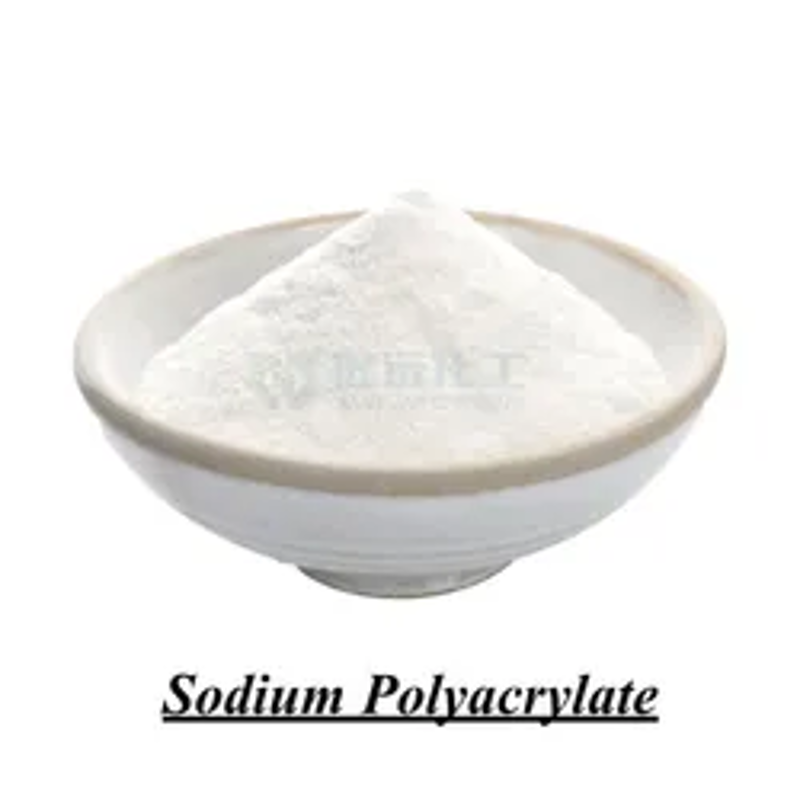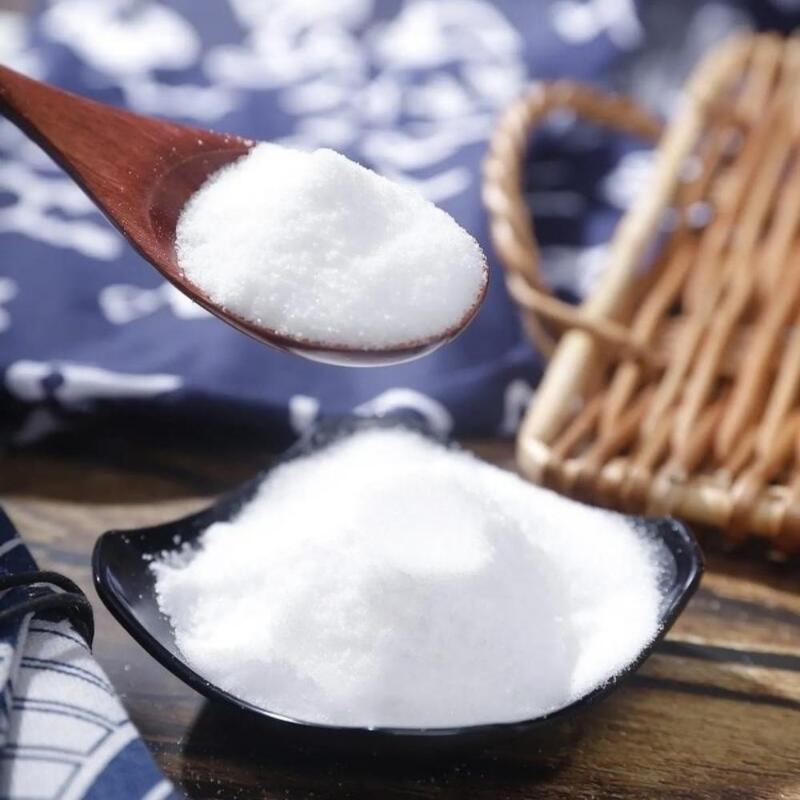-
Categories
-
Pharmaceutical Intermediates
-
Active Pharmaceutical Ingredients
-
Food Additives
- Industrial Coatings
- Agrochemicals
- Dyes and Pigments
- Surfactant
- Flavors and Fragrances
- Chemical Reagents
- Catalyst and Auxiliary
- Natural Products
- Inorganic Chemistry
-
Organic Chemistry
-
Biochemical Engineering
- Analytical Chemistry
-
Cosmetic Ingredient
- Water Treatment Chemical
-
Pharmaceutical Intermediates
Promotion
ECHEMI Mall
Wholesale
Weekly Price
Exhibition
News
-
Trade Service
original title: What is maltodextrin in the food ingredients list? An article for you to answer in detail I believe that as long as a little bit of nutrition, when buying things know to look at the food ingredients list. Then in protein powder, muscle powder or baby milk powder and other foods, there is an ingredient "out of the mirror rate" is relatively high, that is, maltodextrin.this ingredient is generally not well known, and not many people are talking about it, so this article takes you to a closer look at maltodextrin.What ismaltodextrin?maltodextrin is a polysaccharide that is a carbohydrate made up of many other sugar molecules.
molecular structure looks like this:
in order to better understand what maltodextrin is, we need to quickly review three different sugar molecules:monosaccharides are carbohydrates made up entirely of a sugar molecule, such as glucose or fructose.polysaccharides are carbohydrates made up of 2-10 monosaccharides, such as sucrose, which is made up of glucose and fructose.polysaccharides are carbohydrates made up of 10 or more sugar molecules, such as starch, cellulose, and maltodextrin.maltodextrin falls into the last category because it is a long chain of repeating glucose molecules.to produce pure maltodextrin, starchy foods such as wheat, corn, potatoes and rice are cooked in water and exposed to various acids and enzymes to separate maltodextrin from other sugars. This process is
hydrolysis
, it is used in the production of other products, we often say that hydrolysis whey protein powder is hydrolysis process.in this process, liquids containing maltodextrin are purified, filtered and sprayed to dry, then form a white, almost odorless powder. The final product looks like this:in terms of nutritional value, maltodextrin is basically not vitamins or minerals, 95% of which are carbohydrates and 5% are water.as you may know, each gram of carbohydrate contains 4kcal. As a result, 1g maltodextrin contains 0.95g of carbohydrate and about 3.8kcal., like glucose, white bread and other simple carbohydrates,
maltodextrin's glycemic index (GI) is about 100
. This is because the maltodextrin molecule slowly breaks down into smaller glucose in the gut and is immediately absorbed, causing blood sugar levels to soar. Which foodscontain maltodextrin?
While the fitness world usually only links maltodextrin to athletic performance, it has several other uses. More specifically,
maltodextrin is usually added to the food to preserve the flavor of the food, thicken the product by helping other ingredients combine, improve texture and taste, extend shelf life, and replace sugar or fat while maintaining texture and structure. understand this, we'll know that many processed foods and beverages contain maltodextrin, including low-calorie sweeteners, sports drinks, a variety of sauces, dairy products, breakfast cereals, protein powders and protein bars, baby foods, and more. So what does maltodextrin do to our body composition or health? is maltodextrin safe?
According to the U.S. Food and Drug Administration (FDA), maltodextrin is a recognized safe food additive that is digestible and non-toxic. Similarly, replacing glucose with maltodextrin does not appear to have any positive or negative health effects, according to a 2016 assessment by scientists at Nestle Research Center. of course, it's important to remember that, according to the World Health Organization,
"free sugars" should not exceed 10% of our total daily energy intake
. Consuming too much monosaccharide can lead to a large number of calories, resulting in a calorie surplus and weight gain. In addition, monosaccharides do not have any beneficial nutrients. so it's not maltodextrin itself that's bad for you. In fact, as with most sugars, as long as you don't consume heavily over the long term, there won't be any health problems. maltodextrin affects the gut flora?
gut flora is the various bacteria that live in the gut and play an important role in many different functions of the human body. Some of these bacteria, for example, help: prevent disease-causing pathogens such as E. coli, salmonella, and Clostridium difficile help ingest micronutrients such as proteins, cellulose, and plant polyphenols produce micronutrients such as vitamin K, B3 and B12 preventing the diversity and proper balance of different microorganism s in the gut, as well as the diversity and proper balance of the different microforms in the intestines. This is because
changes in the composition or function of the gut flora are associated with diseases and health conditions such as atherosclerosis, obesity, allergies, diabetes and inflammatory bowel disease (IBD). look at maltodextrin again. Although there is a general lack of research on its effects on intestinal flora, there are studies that suggest that sugars such as maltodextrin may have a negative impact on the composition and function of the intestinal flora. , however, don't take these studies too seriously, as almost all of the studies are done in animals and the results may not be suitable for human
(the anatomy and function of the human gut are different in many ways, and the host's bacteria species and numbers are different)
. , many studies on the effects of gut flora on human health are speculative, and we are still less clear about how small changes in diet, exercise, and other habits affect its composition, let alone how they affect our health. in general,
proper intake of maltodextrin does not have any negative effects on the gut flora. can maltodextrin cause tooth decay?
tooth decay is tooth damage caused by acid produced by bacteria in the mouth.
bacteria feed on food residues or sugars on the surface of teeth, causing them to secrete acids. This acid dissolves the hard tissue of the tooth (tooth enamel, tooth essence, and tooth bone), leading to tooth decay.
and the bacteria in the mouth like to swallow maltodextrin. so it's no surprise that maltodextrin can cause tooth decay by feeding acid-producing bacteria in the mouth. but it's worth noting that
all forms of sugar, whether natural or organic.
in fact, maltodextrin is much less effective at feeding acid-producing bacteria than other types of sugar.
For example, a study of 10 adult subjects by scientists at the University of Leeds found that drinks containing maltodextrin produced far less acidic acid than sucrose-containing drinks. That is,
consuming regular caster sugars causes bacteria in the mouth to produce more acids than maltodextrin. the best way to protect your teeth from maltodextrin (and all other sugars) is to maintain good oral hygiene, including brushing your teeth daily and flossing, and eating added sugar in moderation. has potential benefits for athletic performance?
in general, you need to consume as little processed sugars as possible, such as maltodextrin. Although it is harmless in itself, it is prone to excessive intake and does not contain any micronutrients or cellulose, etc. , but in some cases it helps to ingest fast-absorbing sugars like maltodextrin. in endurance training, maltodextrin is usually added to sports drinks to help athletes provide energy and maintain hydration. But in order to better understand why maltodextrin is added to sports drinks, we should first have a brief look at the causes of fatigue in endurance training. generally speaking, the most important nutritional factors that contribute to fatigue and decreased exercise performance during endurance training are the depletion of the glycogen reserves in the body and dehydration due to sweating and breathing. sports drinks can improve athletic performance by helping the body regain its glycogen reserves and hydration. You might think, it's not good to add single sugar directly, why add maltodextrin? For endurance athletes, the reason
high glycemic index is better than monosaccharides (such as glucose) because of their high molecular weight. during exercise, "ideal" carbohydrates mean as much energy as possible in as few carbohydrate particles as possible, while maltodextrin is very good. This is because,
the percentage of carbohydrate particles from a single carbohydrate source is limited until beverage permeation pressure (the concentration of particles dissolved in liquid) replaces blood osmosis pressure.
if it does exceed the permeal pressure of the blood, it causes fluid to flow from the blood to the intestines, causing gastrointestinal discomfort.
you can think of this: if sports drinks are not effectively absorbed by the intestines, then the carbohydrate molecules in sports drinks are present in the gut, and they absorb water from the body into the intestines. It doesn't feel very comfortable when you're doing vigorous exercise. Especially during long endurance training, you need to consume a lot of carbohydratetometry to maintain your athletic performance. monosaccharides like glucose are particularly bad in this regard because they cannot be effectively absorbed by the gut during exercise. However, polysaccharides such as maltodextrin are easily absorbed and are unlikely to have these negative effects. maltodextrin and recovery after surgery
patients usually fast at least 6-8 hours before surgery. The reason for this is to reduce the risk of lung inhalation of stomach contents. However, this period of fasting may increase the body's stress response to surgery, which can have a negative impact on the patient's recovery. more specifically, surgery usually leads to a decomposing metabolic state, accompanied by temporary insulin resistance, inflammation, and postoperative discomfort, all of which can be exacerbated by prolonged preoperative fasting. malt dorextrin is useful at this point. Some studies have shown that
intake of maltodextrin in the hours before surgery can reduce the negative effects I just mentioned and speed up postoperative recovery. see here maybe you want to ask, why use maltodextrin instead of other carbohydrate sources? put, for two reasons. first, as you have just learned, maltodextrin has a high molecular weight, so
it can provide easier to digest energy, while limiting permeation pressure, enhancing gastric drainage, and preventing gastrointestinal discomfort. second, maltodextrin is odorless, meaning it can be used effectively for scientific research, and subjects cannot tell if they are in a control group or an intervention group. In other words,
it reduces the chance of a placebo effect interfering with results. What are substitutes for maltodextrin?
while maltodextrin is safe for proper ingestion, some people may be more concerned. Therefore, the better way is to buy less pre-packaged and highly refined food, more at home to eat. however, you'll find that many baking recipes use maltodextrin as a thickener. Fortunately, though, you might consider replacing maltodextrin with some food thickeners: cassava starch, the polysaccharide extracted from cassava roots.
cassava starch can be used to make cakes, pies, cookies and other baked goods, as well as as as thickeners in soups, gravys, sauces and other liquid foods. gergen starch, it is also a polysaccharide extracted from the tropical plant Gegen.
like cassava starch, gergen starch is mainly used in thickened liquid foods, such as sauces and puddings. guar gum, made from the bean plant guar beans.
guar gum is a polysaccharide with thickening and stable properties that are used as food additives and fillers in many processed foods. pectin, a fiber extracted from fruits and vegetables.
pectin can be used as a thickener and stabilizer and is a key ingredient in jams and jelly. concluded
maltodextrin is a polysaccharide with a high glycemic index, made from starch, usually in the form of a white, almost odorless powder. it is usually added as a thickener to processed foods to improve taste, texture and shelf life. It is also common in many "healthy" foods, such as protein bars, low-calorie sweeteners, and protein powders. While some people worry that maltodextrin may harm intestinal health and promote tooth decay, most studies show that maltodextrin is completely safe for human consumption. As long as you pay attention, you are unlikely to cause any health problems. References: , L.KA, Robin F, Roger O.Sugar replacers: from the stoo challenges to the sans on health. Curr Opin Clin Nutr Metab Care. 2016 Jul;19 (4): 310-5. Sara C Di Rienzi, Robert A Britton, Change of the Year.







